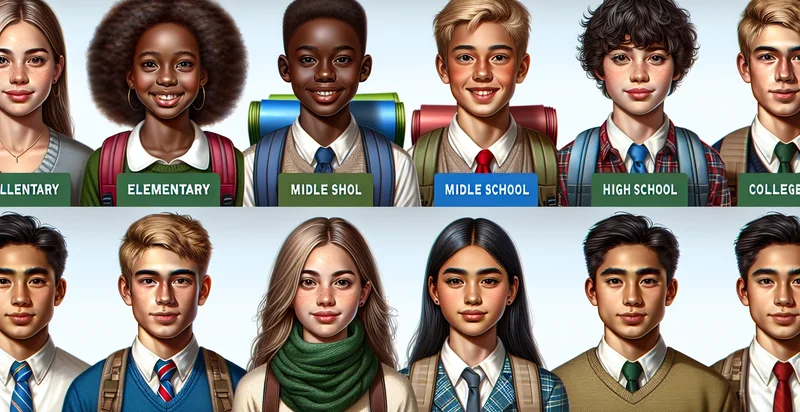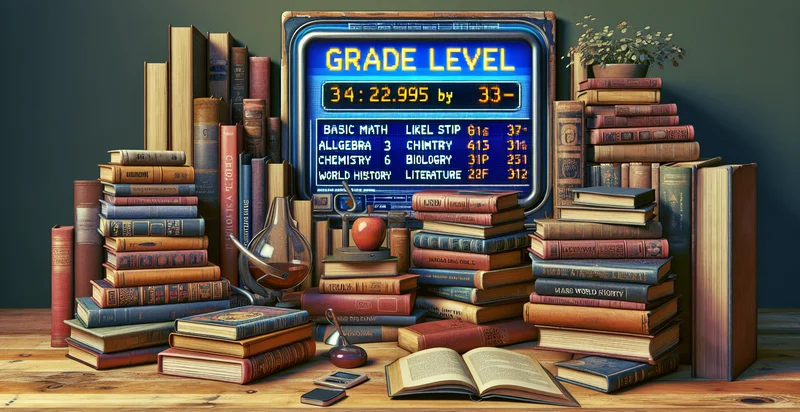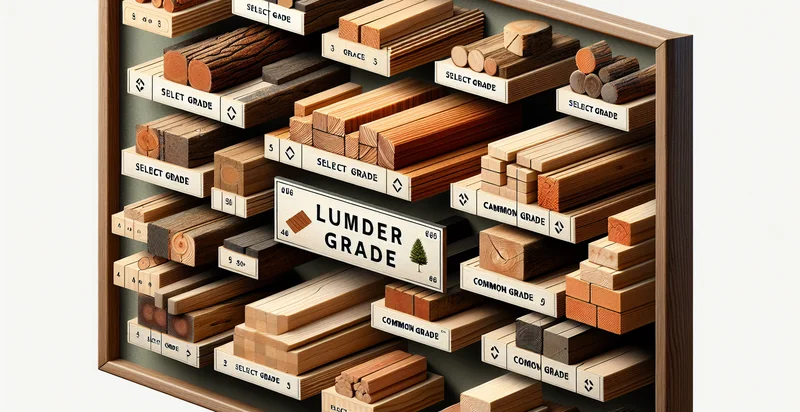Identify likely student grade level by face
using AI
Below is a free classifier to identify likely student grade level by face. Just upload your image, and our AI will predict likely student grade level based on facial features - in just seconds.

Contact us for API access
Or, use Nyckel to build highly-accurate custom classifiers in just minutes. No PhD required.
Get started
import nyckel
credentials = nyckel.Credentials("YOUR_CLIENT_ID", "YOUR_CLIENT_SECRET")
nyckel.invoke("likely-student-grade-level-by-face-identifier", "your_image_url", credentials)
fetch('https://www.nyckel.com/v1/functions/likely-student-grade-level-by-face-identifier/invoke', {
method: 'POST',
headers: {
'Authorization': 'Bearer ' + 'YOUR_BEARER_TOKEN',
'Content-Type': 'application/json',
},
body: JSON.stringify(
{"data": "your_image_url"}
)
})
.then(response => response.json())
.then(data => console.log(data));
curl -X POST \
-H "Content-Type: application/json" \
-H "Authorization: Bearer YOUR_BEARER_TOKEN" \
-d '{"data": "your_image_url"}' \
https://www.nyckel.com/v1/functions/likely-student-grade-level-by-face-identifier/invoke
How this classifier works
To start, upload your image. Our AI tool will then predict likely student grade level based on facial features.
This pretrained image model uses a Nyckel-created dataset and has 21 labels, including Elementry Grade Student and Middle School Grade Student.
We'll also show a confidence score (the higher the number, the more confident the AI model is around likely student grade level based on facial features).
Whether you're just curious or building likely student grade level by face detection into your application, we hope our classifier proves helpful.
Related Classifiers
Need to identify likely student grade level by face at scale?
Get API or Zapier access to this classifier for free. It's perfect for:
- Automated Student Assessment: Schools can leverage this function to automatically assess the likely grade level of students based on their facial features in class photos. This can help identify students who may be misplaced in their current grade, allowing educators to provide more tailored learning experiences.
- Targeted Marketing for Educational Products: EdTech companies can use the classifier to categorize images from marketing campaigns by likely student age groups. By targeting specific grade levels, they can better align their product offerings and promotional strategies to appeal to the appropriate audience.
- Event Participation Analysis: Event organizers within educational contexts can analyze participant images to determine likely grade levels. This information can be valuable for customizing content and activities for different age groups, ensuring better engagement and satisfaction during events.
- Personalized Curriculum Development: Educators can utilize the grade-level identification function to inform the design of personalized curricula that cater to the varying educational needs of students. Understanding the likely grade levels of students based on their images can help optimize lesson plans and resource allocation.
- Social Media Engagement Metrics: Schools can analyze social media images to evaluate engagement levels among different grade levels. This data can be used to enhance social media strategies and ensure that content resonates with the intended audience.
- Behavioral Trend Analysis: By analyzing facial data from students at various grade levels, schools and researchers can observe and study behavioral trends across different ages. Insights gained can be used to develop targeted interventions, support programs, and policy changes.
- Resource Allocation in Schools: School administrators can use the model to better allocate resources by understanding the distribution of students across various grade levels. This data can influence decisions regarding staffing, scheduling, and the acquisition of educational materials that are appropriate for the student body's needs.


